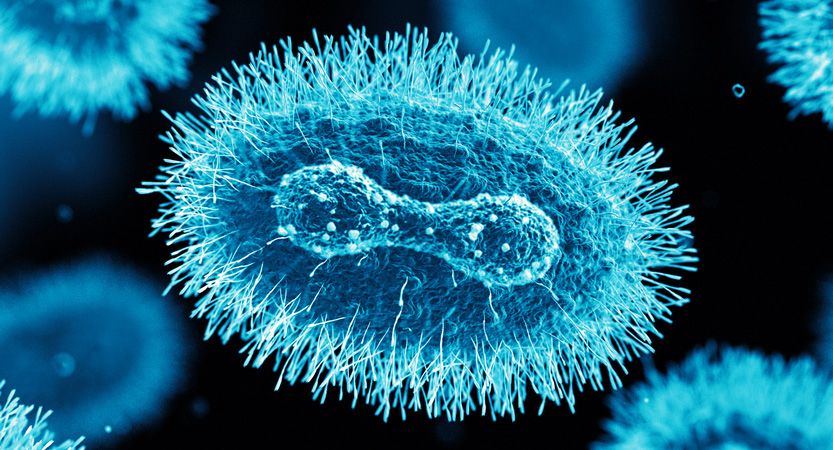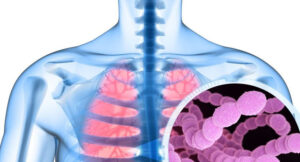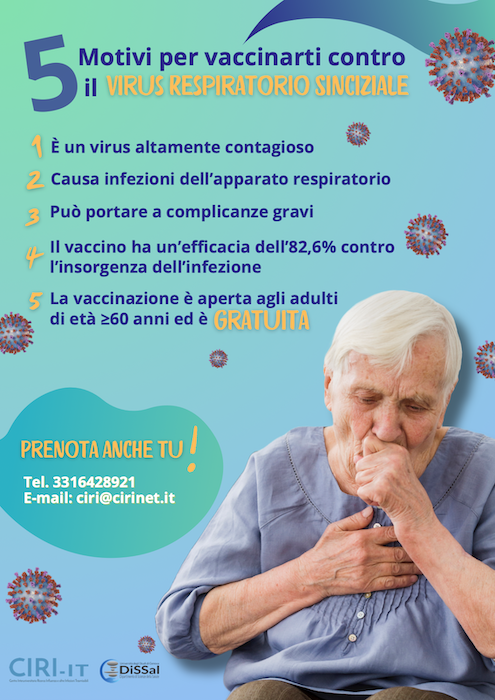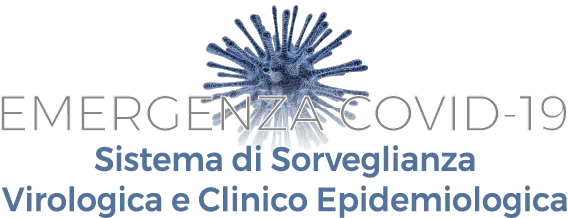The monkeypox virus belongs to the Poxviridae family, the Chordopoxvirinae subfamily, and the Orthopoxvirus genus. This genus includes many other poxviruses, such as the variola virus, vaccinia virus, and cowpox virus. All of these viruses are characterized by a double-stranded DNA genome and show significant genetic and antigenic similarity. Consequently, smallpox vaccination generally provides some protection against monkeypox. Monkeypox is a zoonotic disease, but its animal reservoir remains unknown.
The first human case of monkeypox was reported in 1970, when it was identified in a 9-month-old child from the Democratic Republic of the Congo. The child developed a fever followed by centrifugal skin lesions (on the arms and legs) from which the monkeypox virus was isolated. Other reported symptoms included otitis, mastoiditis, and painful cervical lymph nodes. Since then, human monkeypox has remained a disease mainly confined to Africa. However, in May 2022, a cluster of monkeypox cases was identified in the United Kingdom, Portugal, and Italy, primarily affecting men who have sex with men (96% of cases). Health authorities promptly recognized that this cluster represented the beginning of a new outbreak.
From a clinical standpoint, the average incubation period has been observed to be 9.22 days. An analysis conducted by ECDC-WHO on 660 patients with at least one type of classic prodromal symptom found that 71.4% of patients had systemic symptoms (e.g., fever and headache), and 49.0% had localized lymphadenopathy. In the same analysis, 97.7% of patients experienced a skin rash during the eruptive phase, 70.5% had anogenital skin and mucosal lesions, and 7.0% had oral skin and mucosal lesions. In the current outbreak, however, lesions without a prodromal phase have also been observed in a large percentage of patients. In one analysis, 13.7% of patients presented mucocutaneous manifestations in the absence of systemic features.
To address the current monkeypox outbreak and prevent its spread, both in endemic African areas and newly affected regions, the following priorities have been identified:
- raise awareness and educate populations, especially high-risk groups, in order to prevent infection and reduce virus transmission and spread;
- develop rapid and sensitive detection tests that can be performed at the point of care to improve diagnosis and, consequently, disease prevention;
- evaluate the effectiveness of current treatments, vaccines, and vaccination strategies and make them available to all affected groups and regions.






